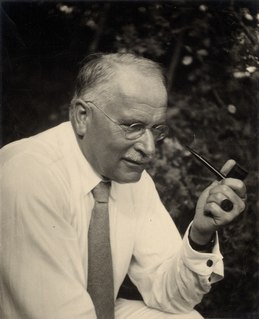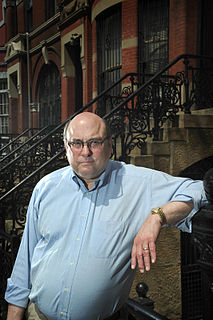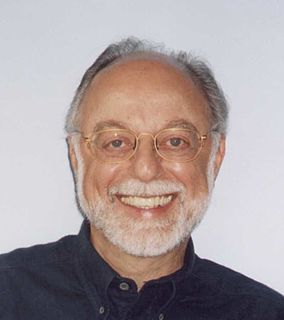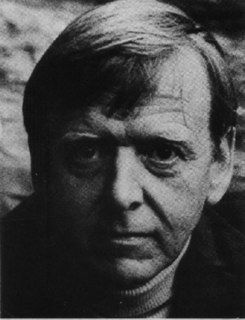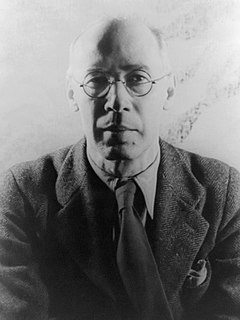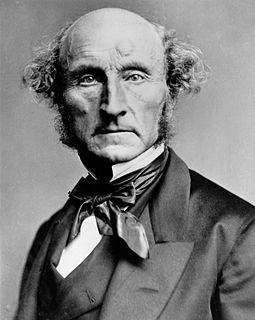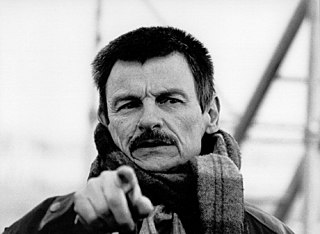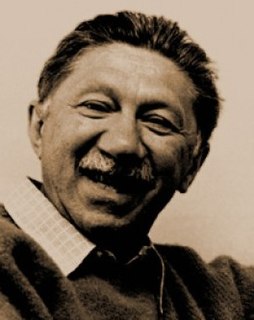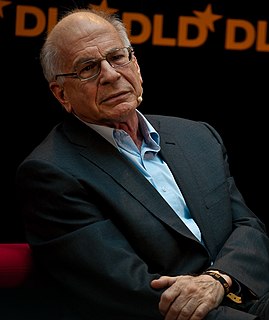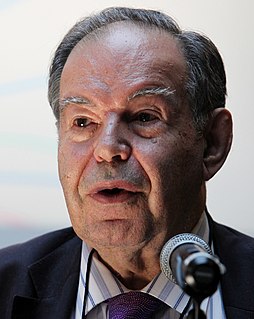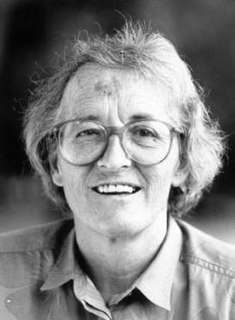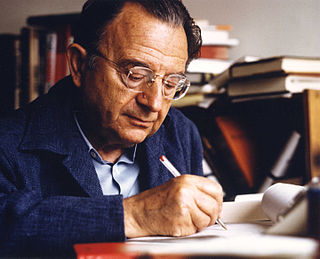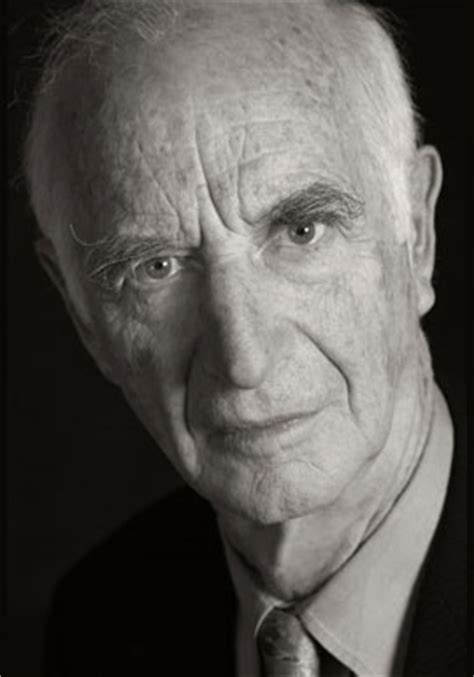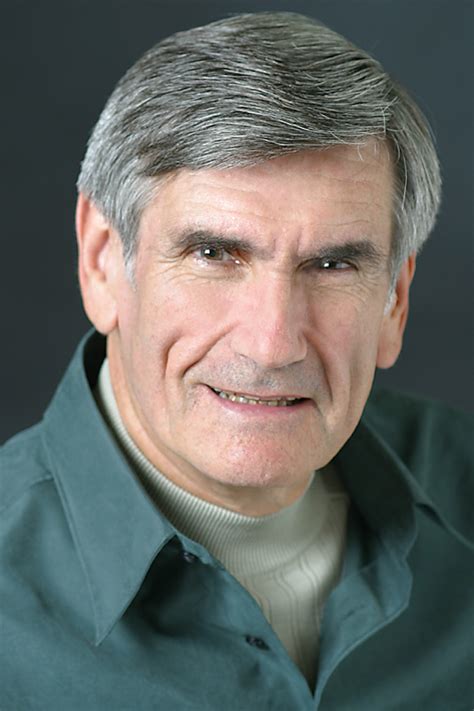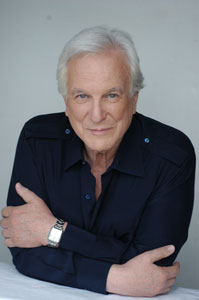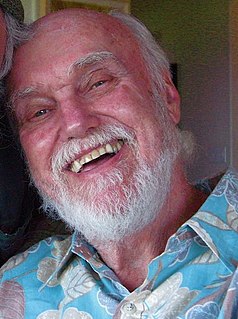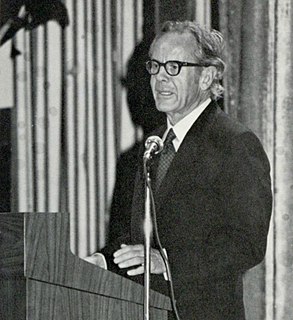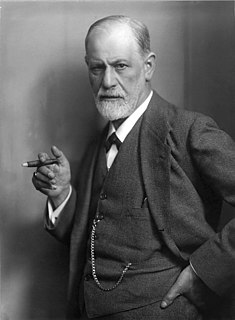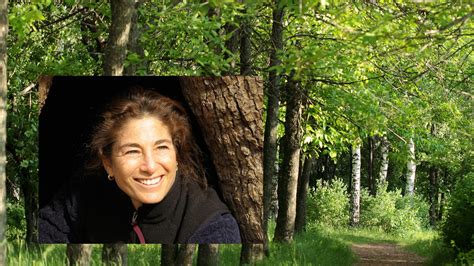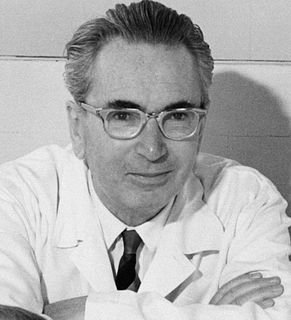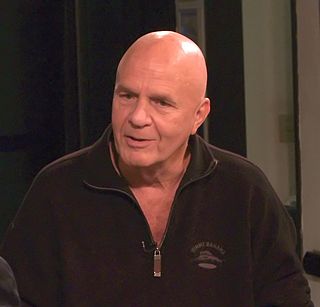A Quote by Carl Jung
The unsatisfied yearning of the artist reaches back to the primordial image in the unconscious which is best fitted to compensate the inadequacy and one-sidedness of the present.
Quote Topics
Related Quotes
Therein lies the social significance of art: It is constantly at work educating the spirit of the age, conjuring up the forms in which the age is more lacking. The unsatisfied yearning of the artist reaches back to the primordial image in the unconscious, which is best fitted to compensate the inadequacy and one-sidedness of the present. The artist seizes on this image and, in raising it from deepest unconsciousness, he brings it into relation with conscious values, thereby transforming it until it can be accepted by the minds of his contemporaries according to their powers.
The creative process, so far as we are able to follow it at all, consists in the unconscious activation of an archetypal image and elaborating and shaping the image into the finished work. By giving it shape, the artist translates it into the language of the present and so makes it possible for us to find our way back to the deepest springs of life.
The collective unconscious appears to consist of mythological motifs or primordial images, for which reason the myths of all nations are its real exponents. In fact the whole of mythology could be taken as a sort of projection of the collective unconscious. We can see this most clearly if we look at the heavenly constellations, whose originally chaotic forms are organized through the projection of images. This explains the influence of the stars as asserted by astrologers. These influences are nothing but unconscious instrospective perceptions of the collective unconscious.
The image cannot be dispossessed of a primordial freshness, which idea can never claim. An idea is derivative and tamed. The imageis in the natural or wild state, and it has to be discovered there, not put there, obeying its own law and none of ours. We think we can lay hold of image and take it captive, but the docile captive is not the real image but only the idea, which is the image with its character beaten out of it.
So let us decide whether you want a shelter, a safety zone, which will no longer yield conflict, whether you want to escape from the present conflict to enter a condition in which there shall be no conflict; or whether you are unaware, unconscious of this conflict in which you exist. If you are unconscious of the conflict, that is, the battle that is taking place between that self and the environment, if you are unconscious of that battle, then why do you seek further remedies? Remain unconscious.
At the present moment in our culture this yearning for meaning and consciousness, this yearning to give and serve something higher than ourselves, is breaking through the hard crust of our widespread cultural materialism and pseudo-scientific underestimation of what a human being is meant to be together with an equally tragic overestimation of what we human beings are capable of in our present everyday state of being. The intensity of the present confusion about the nature and existence of God is a symptom of this yearning within the whole of our modern culture.
There are two reasons why man loses contact with the regulating center of his soul. One of them is that some single instinctive drive or emotional image can carry him into a one-sidedness that makes him lose his balance...his one-sidedness and consequent loss of balance are much dreaded by primitives, who call it 'loss of soul.' Another threat...circles around particular complexes
All the lies and evasions by which man has nourished himself civilization, in a word is the fruits of the creative artist. It is the creative nature of man which has refused to let him lapse back into that unconscious unity with life which characterizes the animal world from which he made his escape.
When I speak of the aspiration towards the beautiful, of the ideal as the ultimate aim of art, which grows from a yearning for that ideal, I am not for a moment suggesting that art should shun the 'dirt' of the world. On the contrary! the artistic image is always a metonym, where one thing is substituted for another, the smaller for the greater. To tell of what is living, the artist uses something dead; to speak of the infinite, he shows the finite. Substitution... the infinite cannot be made into matter, but it is possible to create an illusion of the infinite: the image.
